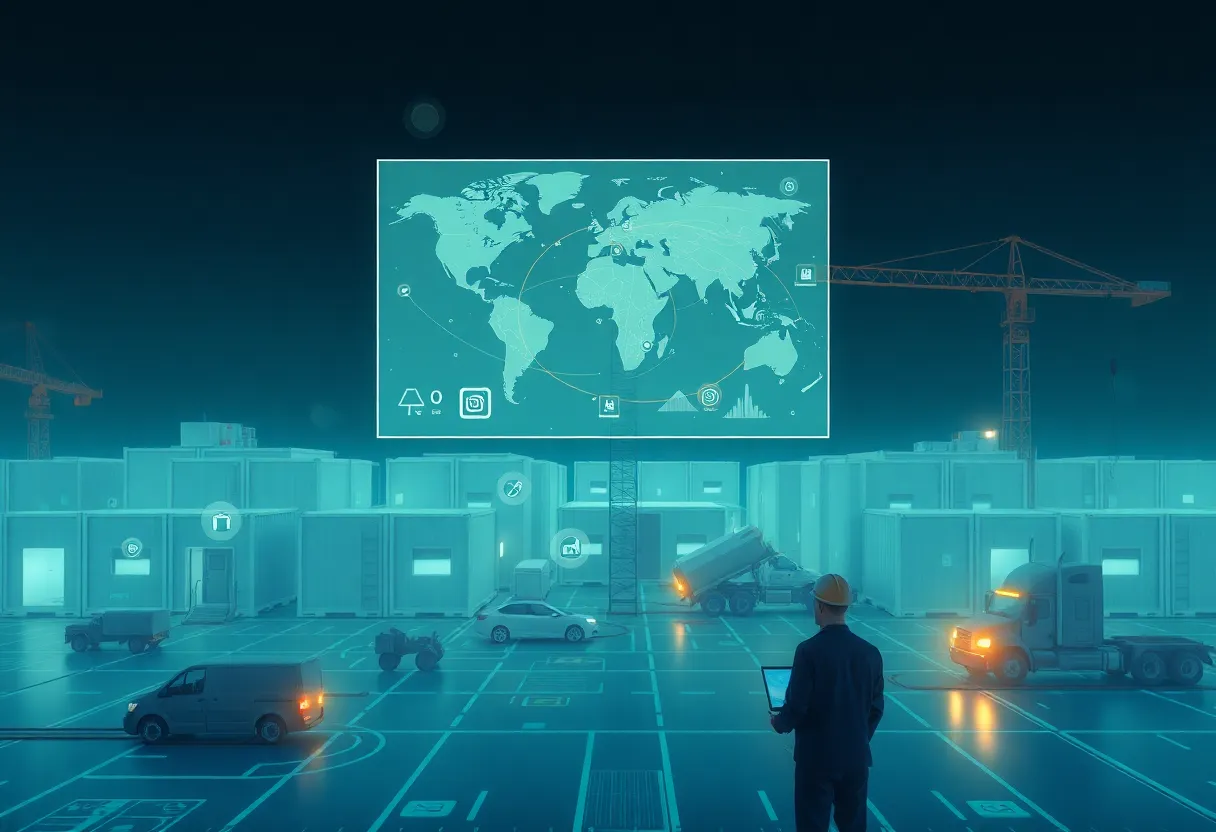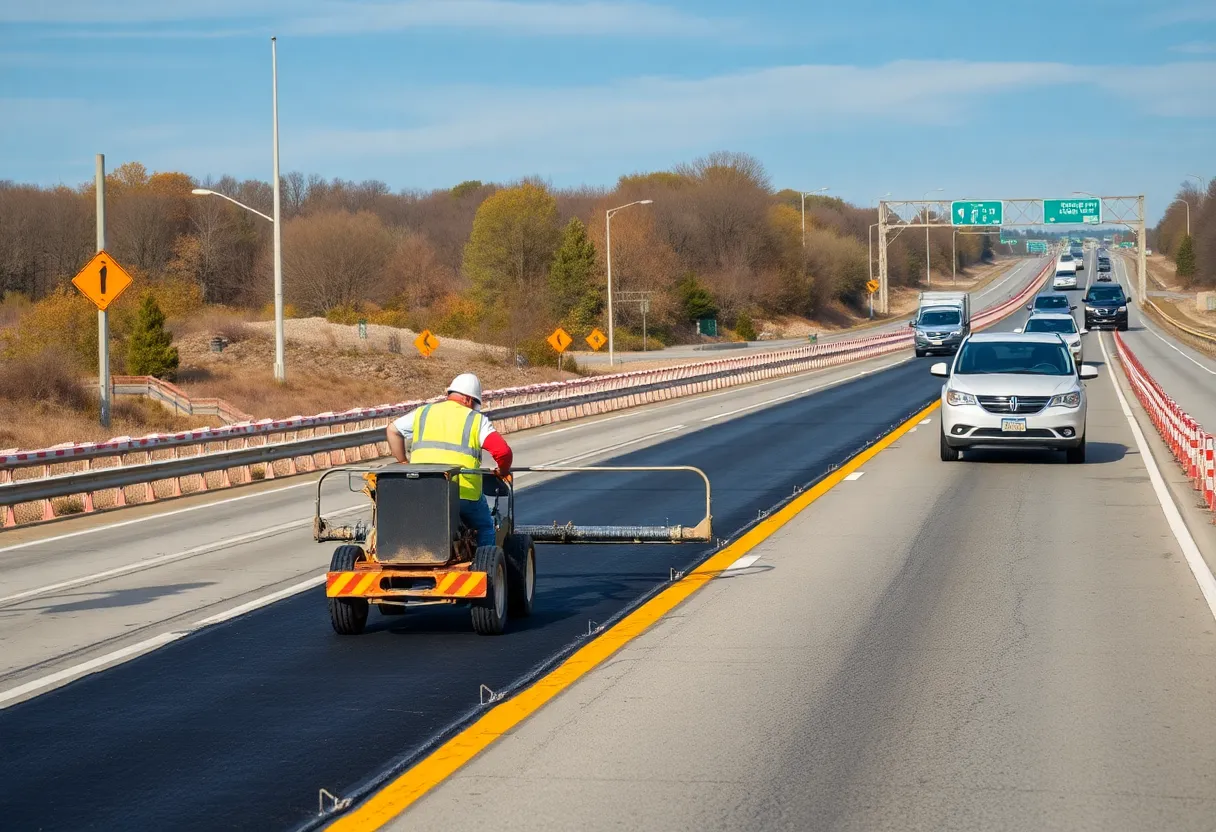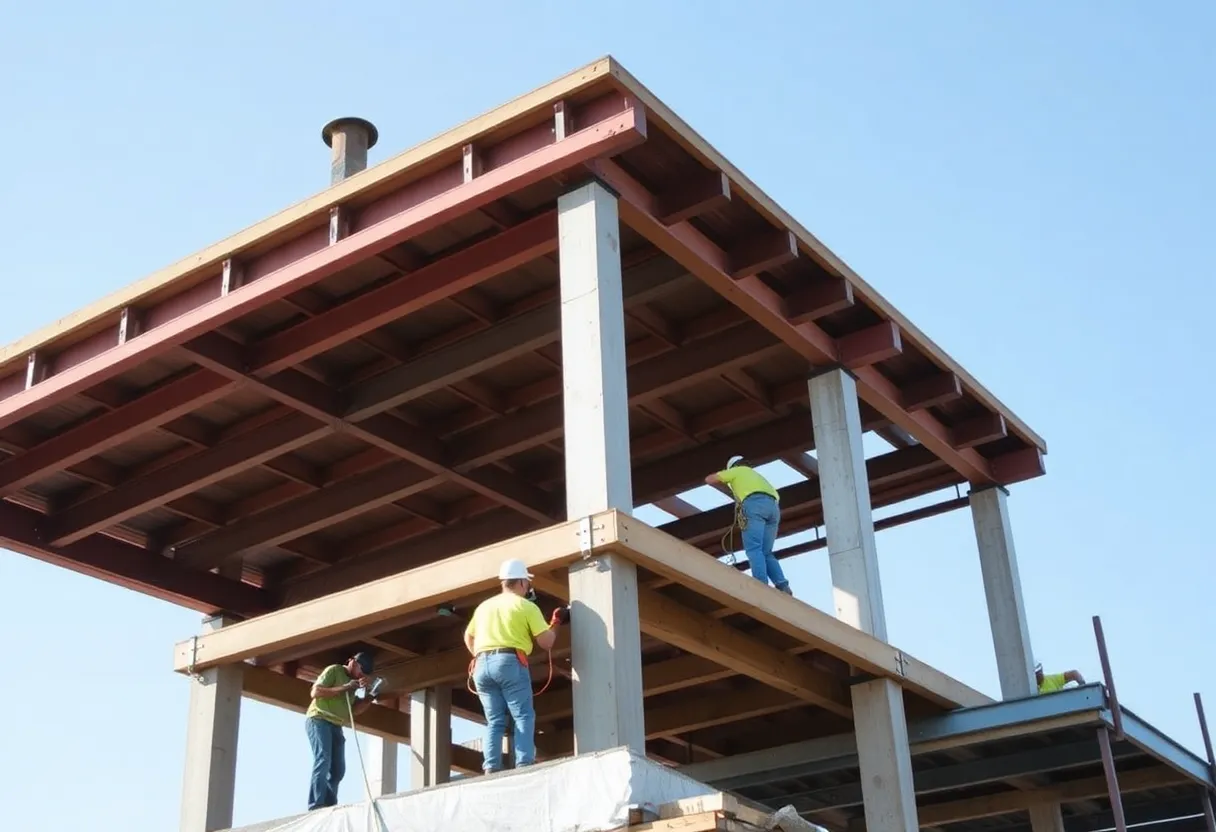Ansan, South Korea, August 19, 2025
News Summary
A research team at Hanyang University ERICA developed a digital twin–enabled facility management system (DT-FMS) to improve tracking, management and reuse of relocatable modular buildings. The platform integrates BIM, IoT sensors and GIS to create a real-time virtual model that supports monitoring, logistics and decision support across three layers: physical, digital and service. Tested on a relocatable modular school in South Korea, the framework improved module distribution, reuse and operational efficiency. Researchers say the approach can support circular construction by extending component life, though wider adoption needs data standards, sensor investment and manager training.
Hanyang University ERICA unveils digital-twin framework to boost lifecycle management and circularity of relocatable modular buildings
Summary
A research team from Hanyang University ERICA has introduced a new digital twin framework aimed at improving how relocatable modular buildings (RMBs) are tracked, managed and reused across multiple lifecycles. Published in a peer-reviewed journal earlier this month, the framework is intended to help the growing modular building industry cut costs and environmental impacts while supporting a circular economy approach to construction.
Key development: a digital twin–enabled facility management system
The team, led by Associate Professor Yonghan Ahn, developed a digital twin–enabled facility management system (DT-FMS) that maps physical modular assets to a real-time virtual model. The platform integrates three major technologies—BIM (Building Information Modeling), IoT (Internet of Things) sensors, and GIS (Geographic Information Systems)—to enable 3D modelling, continuous sensor-based monitoring, and location-driven logistics planning.
Why this matters now
Modular construction is gaining attention for delivering buildings faster and with lower upfront cost and environmental impact than conventional methods. Relocatable modular buildings are built from prefabricated modules that can be assembled, dismantled and transported between sites. However, tracking and managing those modules over multiple deployments has been a persistent operational challenge. The new framework directly addresses that gap by linking on-site components, people and processes to a virtual representation that can be monitored and analysed in real time.
How the framework works
The DT-FMS is organised into three layers:
- Physical layer: covers the real-world components and actors, including modules, mechanical systems, sensors, engineers and stakeholders, and supports tracking and communication across sites.
- Digital layer: combines BIM models, IoT-generated data streams and GIS-based location information to create an integrated virtual model with analytics capabilities.
- Service layer: presents monitoring dashboards, control tools and decision-support functions that let managers plan relocations, schedule maintenance, and evaluate reuse and reconfiguration options across a building life cycle.
Case study and results
The research team tested the system on a relocatable modular school program in South Korea. The case study found improvements in module distribution, reuse and management efficiency. Those operational gains translated into further reductions in operational costs and energy efficiency. The study’s outcomes suggest that better digital management of modular stock can extend useful life, reduce waste and lower lifecycle environmental footprints.
Implications for circular construction
Co-author Dr. Dennis Nguyen highlighted that the digital twin approach can support circular economy practices by making it easier to reuse, reconfigure and optimally relocate modules rather than demolish and rebuild. The platform’s combined use of modelling, sensor data and geographic logistics allows owners and managers to make more informed choices about when a module should be redeployed, retrofitted or retired.
Research dissemination and authorship
The framework was published in the journal Automation in Construction at the start of the month. The project was led by Associate Professor Yonghan Ahn, with contributions from an interdisciplinary team including Dr. Dennis Nguyen. A contributing writer credited on the source report has a background covering emerging technologies, robotics, smart cities and the mining and resources sector.
What this means for industry players
For manufacturers, contractors and building owners working with modular systems, the DT-FMS offers a blueprint for using connected data to improve asset visibility, reduce downtime, and support logistics planning across locations. For policy makers and sustainability planners, the framework demonstrates a practical pathway to increase reuse rates for building components and reduce lifecycle emissions through improved asset management.
Limitations and next steps
The researchers note that while the prototype performed well in the case study, wider adoption will require interoperable data standards, investment in sensor and communication infrastructure, and training for facility managers. Further pilots across different module types and climates would help validate scalability and long-term benefits.
Frequently Asked Questions
What is a digital twin in modular construction?
A digital twin is a virtual representation of a physical modular asset that receives real-time data from sensors and other sources to mirror the condition, location and performance of the asset.
How does the DT-FMS help reduce waste?
By tracking modules, predicting maintenance needs and optimising relocation logistics, the DT-FMS enables reuse and reconfiguration of modules instead of disposal, which reduces material waste and extends component life.
Which technologies are combined in the framework?
The framework integrates BIM for 3D modelling, IoT sensors for monitoring, and GIS for location-driven logistics planning, all linked through the digital twin platform.
Where was the framework tested?
The team ran a case study on a relocatable modular school system in South Korea and reported improvements in distribution, reuse and management efficiency.
What are the main barriers to adoption?
Key barriers include the need for interoperable data standards, capital for sensors and communications, and training for staff to use and trust digital-twin tools.
Key features of the digital twin framework
| Feature | Description | Benefit |
|---|---|---|
| DT-FMS | Digital twin–enabled facility management system integrating models, sensors and location data | Real-time asset visibility and decision support |
| BIM + IoT + GIS | 3D models, sensor monitoring, and geographic logistics combined | Improved planning, monitoring and relocation efficiency |
| Three-layer architecture | Physical, digital and service layers for end-to-end lifecycle control | Structured data flow from field to decision-makers |
| Case study: modular school | Applied the framework to a relocatable school program in South Korea | Demonstrated improved module distribution and reuse |
| Circular economy focus | Tools to enable reuse, reconfiguration and optimal relocation | Reduces waste and extends asset value |
This report summarises recent academic work on digital twins for modular construction and presents practical findings from a real-world case study. The research offers a framework for organisations seeking to improve the lifecycle management and circularity of relocatable modular buildings.
Deeper Dive: News & Info About This Topic
Additional Resources
- KoreaTechDesk: E8 – Leading Korea’s digital-twin revolution with deep-tech innovation
- Wikipedia: Digital twin
- GIM International: Seoul Metropolitan Government collaborates on hyper-realistic digital twin project
- Google Search: relocatable modular building
- DroneLife: A model of Korea — the ambitious project to make a digital twin of a country
- Google Scholar: digital twin modular construction
- GeoWeek: Techtree Innovation & Seoul government digital twin project for urban safety services
- Encyclopedia Britannica: modular construction
- PR Newswire: LG Innotek collaborates to drive its digital-twin technology
- Google News: digital twin modular building South Korea
Author: Construction FL News
The FLORIDA STAFF WRITER represents the experienced team at constructionflnews.com, your go-to source for actionable local news and information in Florida and beyond. Specializing in "news you can use," we cover essential topics like product reviews for personal and business needs, local business directories, politics, real estate trends, neighborhood insights, and state news affecting the area—with deep expertise drawn from years of dedicated reporting and strong community input, including local press releases and business updates. We deliver top reporting on high-value events such as the Florida Build Expo, major infrastructure projects, and advancements in construction technology showcases. Our coverage extends to key organizations like the Associated Builders and Contractors of Florida and the Florida Home Builders Association, plus leading businesses in construction and legal services that power the local economy such as CMiC Global and Shutts & Bowen LLP. As part of the broader network, including constructioncanews.com, constructionnynews.com, and constructiontxnews.com, we provide comprehensive, credible insights into the dynamic construction landscape across multiple states.





